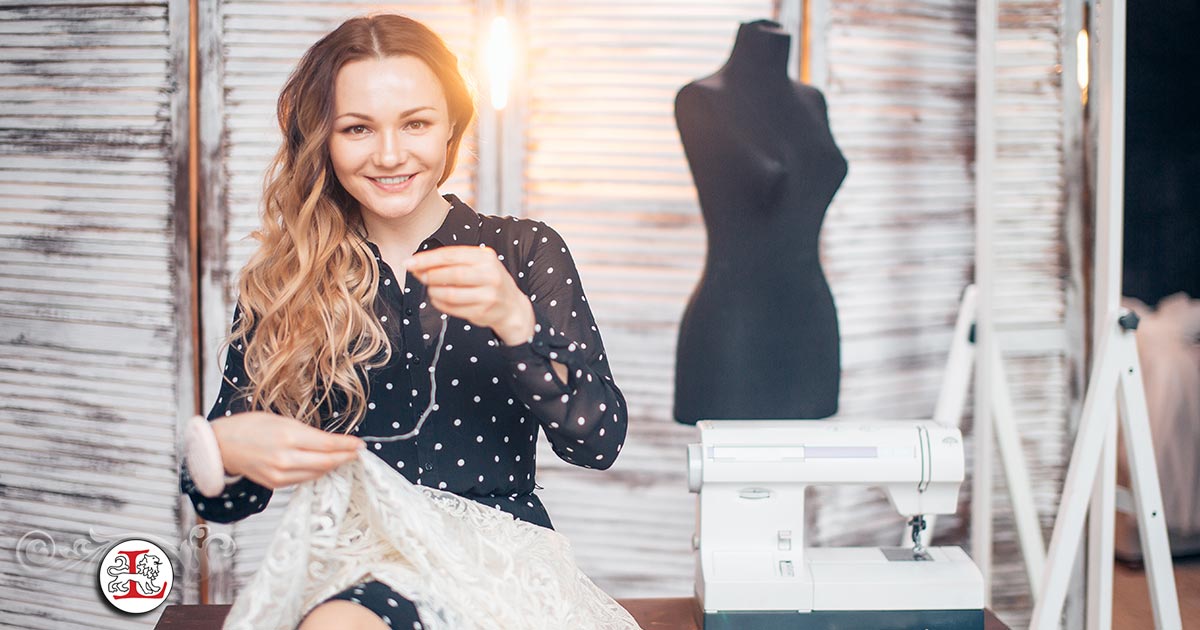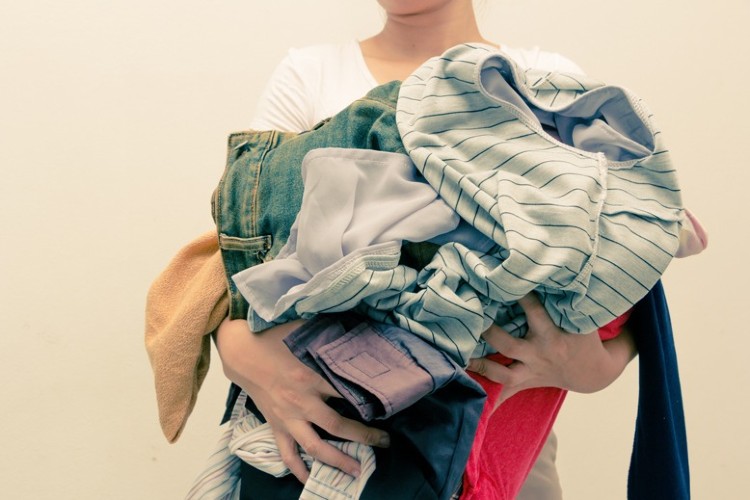UPCYCLING: How to Transform Older Clothing into Brand New Outfits

In an effort to contribute to sustainability- as well as to reduce our own carbon footprint- upcycling could be key. It is easy as well as pragmatic to upcycle old, unwanted materials to give these items a second life, thus preventing them from a landfill.
The fashion industry has long been criticized for its role in producing waste that contributes to a serious trash problem. It is estimated that this industry was responsible for over 90 million tons of waste just in 2015; fast fashion styles are part of this issue, as their cheap cost correlates with their short functionality and lifespan. Reports assert that every second that ticks away, a garbage truck full of textiles is being thrown away, doomed to landfills across the map.
When it comes to clothing, demonstrate and hone your own skills as a professional image consultant with upcycled styles and repurposed garments that you- or your clients- can proudly wear.
The Value of Transforming Older Items
For these reasons, it makes sense to look a bit closer at upcycling; that is, repurpose existing wardrobe items to extend their usable (or wearable) life. The environmental benefits of upcycling in the fashion industry are huge, saving vast amounts of fabric and textiles from landfills. This subsequently contributes to reductions in air and water pollution, as well as curbs greenhouse gas emissions and overall resources across the globe.
Reduce the carbon footprint that you leave behind by repurposing clothing items. Consider picking up items at your nearly new or local thrift store rather than the mall, or wear something that you already own in a new way. Aim to have a more sustainable closet, which minimizes and streamlines to a few garments that you both wear and love. Get rid of the clutter while also doing something that contributes to an eco-friendly way of life; upcycle something today!
What to Look For
When it comes to upcycling apparel, there are a few things to look for in the recycled garments that you select. First, you want to start with quality items that still have plenty of life left. Second, choose to upcycle clothes in classic styles that aren’t too trendy or that could become unfashionable next season. Also, if you are upcycling something for your own closet, think about what is flattering on your own silhouette and if you have the sewing skills needed to repurpose the item. Some upcycling projects can be very simple such as mending a hem, sewing a patch, or adding a button. Altering clothing for a better fit might require the services of the alterationist.

What’s the Process?
The process of upcycling is basically transforming previously-owned items by altering, embellishing, or changing them in some way. This is an emerging trend, rooted in artistic creativity but also a clever way to save money- while also doing something positive for the environment. Burgeoning fashion designers are publishing videos publicly of their creations, born from thrifted items or discarded garments. Textile waste is a significant problem; upcycling clothing is one thing that we can all do to curb the costs, wastes, and toll on the environment that fast fashions have fostered. Plus, upcycling is trendy and sustainable, becoming a cool way to re-wear and re-fashion classic clothing.
Begin your upcycling journey with a trip to a thrift store; what do you see? Are there any garments that have great features, like quality fabric, unique buttons, or a clever style? These are fantastic candidates for your first upcycle. Remember that you can alter clothing to fit, but make sure that you look the piece over carefully to determine its condition and to identify any stains, holes, or issues that could interfere with your upcycling plan. Choose quality fabrics that have a lot of life left; after all, you want to be able to wear your creation for years to come. While it is not required that you have a plan in-mind when buying or salvaging a garment, it makes sense to save yourself from a stash of discarded, possibly unusable apparel that takes up space in your home. Who doesn’t want to save some money on the clothing that they wear? Give a garment a second life and plan your upcycling project today!
Tips to upcycle your clothing:
- Change old buttons to new and different models to add pizzaz to a jacket, dress or cardigan.
- Cut the top off a floral or printed dress at about hip level. Hem just the bottom edge and wear it as a fun blouse.
- Cut the skirt off a maxi or short dress that doesn’t fit and with a few adjustments it converts to a skirt worn alone with matching tops.
- Use button-through blouses as featherweight coverups in air conditioning over a column of color such as beige, black, navy or red.
- If you have two fabulous matching buttons that have lost their garment, convert them into interesting ear clips.
- If you have the tailoring skills, convert a pair of baggy, shapeless trousers into a pair of slim fit, cropped pants.
- Make the bottom of a shapeless top into a neat twisted tie or knot that fits around waist or hips.
- Worn and scuffed leather shoes are easily dyed to different colors and look good as new.
- Replace the tie belt that came with the dress with a sharp leather one and get a whole new look.
- A tailor can help you update shoulder pads from large and square to small and rounded, as it’s a complicated alteration for a novice, but worth the updated result.
Have you ever considered a career as a professional image consultant? Upcycling clothing for a more sustainable closet is an excellent way to practice what you will do in the industry! For skills and further image consultant training, visit London Image Institute, with over 25 years of experience, in Atlanta, London, India, and Singapore. Begin your future today!